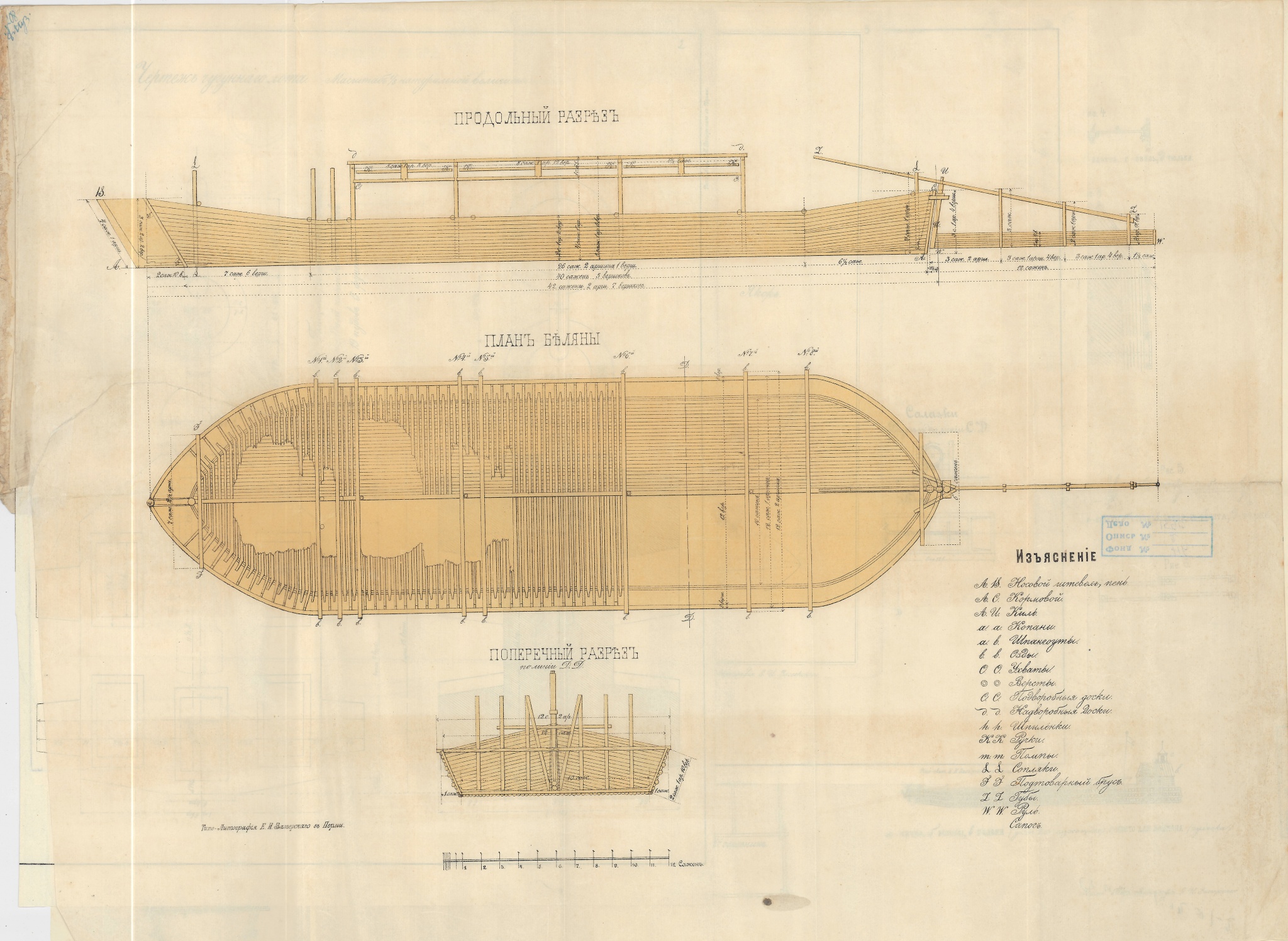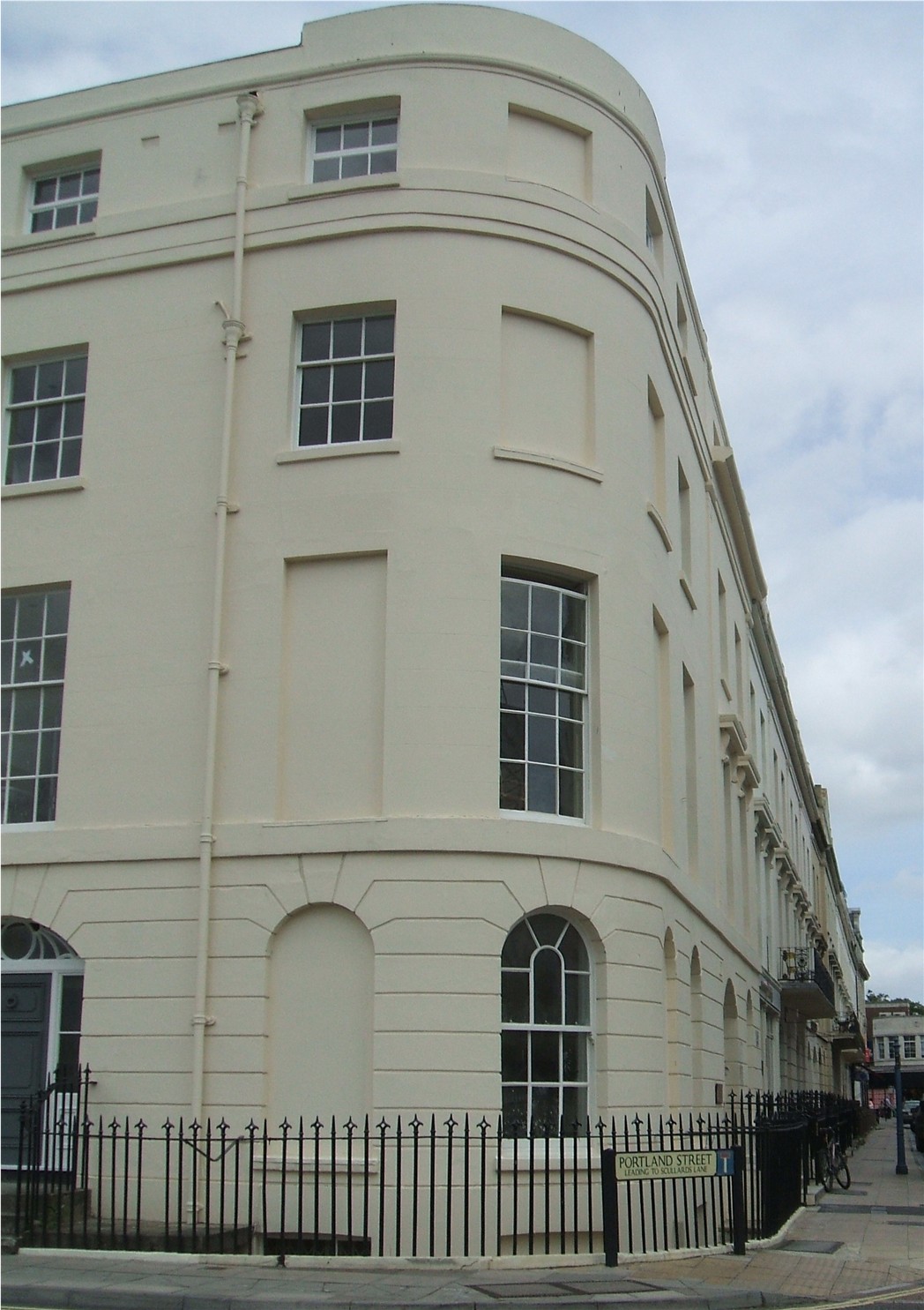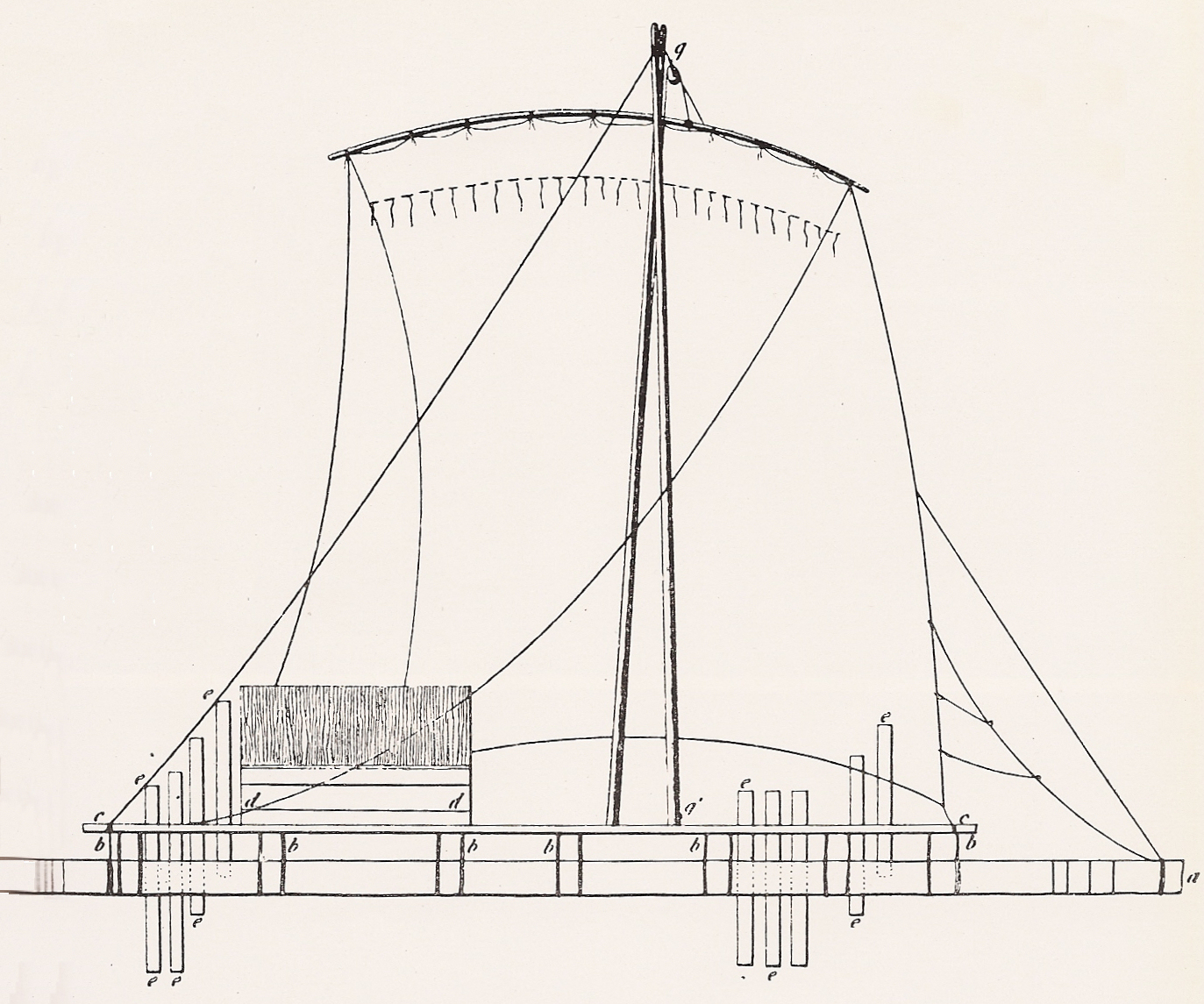|
Drogher
A disposable ship, also called raft ship, timber ship, or timber drogher is a ship or sea vessel that is intended for use on a single voyage. At the final destination, the vessel is broken up for sale or reuse of materials. Until the end of the 19th century, such ships were common on major rivers such as the Danube and the Rhine in Central Europe and the Mississippi in North America. There were also saltwater vessels that were primarily built for one-time sailing to break up. Some of the largest wooden ships in history were of this type. Downstream navigation On all major navigable rivers around the world, there is a current that flows towards the estuary, so it is possible to float with the water flow, and the only instruments needed are anchors and rudders to maneuver the vessel down the river. It became possible to sail upstream with the advent of steam power, without which vessels had to use sails if the current was not too strenuous, or manual force in the form of ox or ... [...More Info...] [...Related Items...] OR: [Wikipedia] [Google] [Baidu] |
Belyana 05
A belyana (russian: Беляна) is a type of large disposable ship that was used for timber rafting along the rivers Volga and Kama from the end of the 16th century until the middle of the 20th century. Belyanas were among the largest wooden ships ever built, with the largest ones being up to long with a load capacity up to 12,800 tons. Belyanas were built in the Upper Volga region of Russia without any special tools or plans. Never motorized, after 1870 they also had no sails and could only float downriver, using specialized anchors to turn and stop. Each year in the 18th and 19th centuries hundreds of belyanas were built and floated to Astrakhan, where they were entirely dismantled and the wood sold. With the development of railroads in the Soviet Union, belyanas became too complex and too expensive; the last belyana was built in 1939. In 2015 tourists found the remains of a wooden ship in the Vetluga river; archaeologists determined that it was an 80-meter-long belyana tha ... [...More Info...] [...Related Items...] OR: [Wikipedia] [Google] [Baidu] |
Histories (Herodotus)
The ''Histories'' ( el, Ἱστορίαι, ; also known as ''The History'') of Herodotus is considered the founding work of history in Western literature. Written around 430 BC in the Ionic dialect of classical Greek, ''The Histories'' serves as a record of the ancient traditions, politics, geography, and clashes of various cultures that were known in Greece, Western Asia and Northern Africa at that time. Although not a fully impartial record, it remains one of the West's most important sources regarding these affairs. Moreover, it established the genre and study of history in the Western world (despite the existence of historical records and chronicles beforehand). ''The'' ''Histories'' also stands as one of the earliest accounts of the rise of the Persian Empire, as well as the events and causes of the Greco-Persian Wars between the Persian Empire and the Greek city-states in the 5th century BC. Herodotus portrays the conflict as one between the forces of slavery (the Pers ... [...More Info...] [...Related Items...] OR: [Wikipedia] [Google] [Baidu] |
Lumber Ships
Lumber is wood that has been processed into dimensional lumber, including beams and planks or boards, a stage in the process of wood production. Lumber is mainly used for construction framing, as well as finishing (floors, wall panels, window frames). Lumber has many uses beyond home building. Lumber is sometimes referred to as timber as an archaic term and still in England, while in most parts of the world (especially the United States and Canada) the term timber refers specifically to unprocessed wood fiber, such as cut logs or standing trees that have yet to be cut. Lumber may be supplied either rough- sawn, or surfaced on one or more of its faces. Beside pulpwood, ''rough lumber'' is the raw material for furniture-making, and manufacture of other items requiring cutting and shaping. It is available in many species, including hardwoods and softwoods, such as white pine and red pine, because of their low cost. ''Finished lumber'' is supplied in standard sizes, mostly f ... [...More Info...] [...Related Items...] OR: [Wikipedia] [Google] [Baidu] |
Forestry In Canada
The Canada, Canadian forestry industry is a major contributor to the Canadian economy. With 39% of Canada's land acreage Forests of Canada, covered by forests, the country contains 9% of the world's forested land. The forests are made up primarily of spruce, Populus, poplar and pine. The Canadian forestry industry is composed of three main sectors: solid wood manufacturing, Pulp and paper industry, pulp and paper and logging. Forests, as well as forestry are managed by Natural Resources Canada, The Department of Natural Resources Canada and the Canadian Forest Service, in cooperation with several organizations which represent government groups, officials, policy experts, and numerous other Project stakeholder, stakeholders. Extensive deforestation by Europe, European settlers during the 18th and 19th centuries has been halted by more modern policies. Today, less than 1% of Canada's forests are affected by logging each year. Canada is the 2nd largest exporter of wood products, and p ... [...More Info...] [...Related Items...] OR: [Wikipedia] [Google] [Baidu] |
History Of Forestry In The United States
History (derived ) is the systematic study and the documentation of the human activity. The time period of event before the invention of writing systems is considered prehistory. "History" is an umbrella term comprising past events as well as the memory, discovery, collection, organization, presentation, and interpretation of these events. Historians seek knowledge of the past using historical sources such as written documents, oral accounts, art and material artifacts, and ecological markers. History is not complete and still has debatable mysteries. History is also an academic discipline which uses narrative to describe, examine, question, and analyze past events, and investigate their patterns of cause and effect. Historians often debate which narrative best explains an event, as well as the significance of different causes and effects. Historians also debate the nature of history as an end in itself, as well as its usefulness to give perspective on the problems of the p ... [...More Info...] [...Related Items...] OR: [Wikipedia] [Google] [Baidu] |
Tax Avoidance
Tax avoidance is the legal usage of the tax regime in a single territory to one's own advantage to reduce the amount of tax that is payable by means that are within the law. A tax shelter is one type of tax avoidance, and tax havens are jurisdictions that facilitate reduced taxes. Tax avoidance should not be confused with tax evasion, which is illegal. Forms of tax avoidance that use legal tax laws in ways not necessarily intended by the government are often criticized in the court of public opinion and by journalists. Many corporations and businesses that take part in the practice experience a backlash from their active customers or online. Conversely, benefiting from tax laws in ways that were intended by governments is sometimes referred to as tax planning. The World Bank's World Development Report 2019 on the future of work supports increased government efforts to curb tax avoidance as part of a new social contract focused on human capital investments and expanded social p ... [...More Info...] [...Related Items...] OR: [Wikipedia] [Google] [Baidu] |
Timber Rafting
Timber rafting is a method of transporting felled tree trunks by tying them together to make rafts, which are then drifted or pulled downriver, or across a lake or other body of water. It is arguably, after log driving, the second cheapest means of transporting felled timber. Both methods may be referred to as timber floating. Historical rafting Unlike log driving, which was a dangerous task of floating separate logs, floaters or raftsmen could enjoy relative comfort of navigation, with cabins built on rafts, steering by means of oars and possibility to make stops. On the other hand, rafting requires wider waterflows. Timber rafts were also used as a means of transportation of people and goods, both raw materials (ore, fur, game) and man-made. Theophrastus (''Hist. Plant.'' 5.8.2) records how the Romans imported Corsican timber by way of a huge raft propelled by as many as fifty masts and sails. This practice used to be common in many parts of the world, especially North A ... [...More Info...] [...Related Items...] OR: [Wikipedia] [Google] [Baidu] |
Raft
A raft is any flat structure for support or transportation over water. It is usually of basic design, characterized by the absence of a hull. Rafts are usually kept afloat by using any combination of buoyant materials such as wood, sealed barrels, or inflated air chambers (such as pontoons), and are typically not propelled by an engine. Rafts are an ancient mode of transport; naturally-occurring rafts such as entwined vegetation and pieces of wood have been used to traverse water since the dawn of humanity. Human-made rafts Traditional or primitive rafts were constructed of wood or reeds. Modern rafts may also use pontoons, drums, or extruded polystyrene Polystyrene (PS) is a synthetic polymer made from monomers of the aromatic hydrocarbon styrene. Polystyrene can be solid or foamed. General-purpose polystyrene is clear, hard, and brittle. It is an inexpensive resin per unit weight. It is a ... blocks. Inflatable rafts up to the 20th century used flotation chambers ... [...More Info...] [...Related Items...] OR: [Wikipedia] [Google] [Baidu] |
Gorskii 04417u
Gorsky (russian: Горский), Gorskaya (feminine; Горская), or Gorskoye (neuter; Горское) may refer to: Places *Gorsky (rural locality) (''Gorskaya'', ''Gorskoye''), name of several rural localities in Russia *Gorskaya railway station, a locality and train station in Sestroretsk, St. Petersburg, Russia *Gorskoye (Hirske), the Russian name for a city in Luhansk, Ukraine Other uses *Gorsky (surname) Gorsky (masculine, russian: Горский) or Gorskaya (feminine, russian: Горская) is a Russian surname. Notable people with the surname include: * Alexander Alexeyevich Gorsky (1871–1924), Russian ballet dancer and choreographer * Alexa ... * Good luck, Mr. Gorsky, an urban legend about the Apollo 11 moon landing See also * Górski, Polish surname {{Disambiguation ... [...More Info...] [...Related Items...] OR: [Wikipedia] [Google] [Baidu] |
List Of World's Largest Wooden Ships
This is a list of the world's longest wooden ships. The vessels are sorted by ship length including bowsprit, if known. Finding the world's longest wooden ship is not straightforward since there are several contenders, depending on which definitions are used. For example, some of these ships benefited from substantial iron or even steel components since the flexing of wood members can lead to significant leaking as the wood members become longer. Some of these ships were not very seaworthy, and a few sank either immediately after launch or soon thereafter. Some of the more recent large ships were never able or intended to leave their berths, and function as floating museums. Finally, not all of the claims to the title of the world's longest wooden ship are credible or verifiable. A further problem is that especially wooden ships have more than one "length". The most used measure in length for registering a ship is the "length of the topmost deck" – the "length on deck" (LOD) – ... [...More Info...] [...Related Items...] OR: [Wikipedia] [Google] [Baidu] |
Columbus (1824 Ship)
The ''Columbus'' was a disposable ship built in 1824 to transport timber from British North America to the United Kingdom. She was intended to be dismantled upon arrival and her considerable structure sold, thus avoiding an import duty on timber cargoes. ''Columbus'' was ten times the size of traditional timber-carrying cargo vessels and was built for economy, not speed. She made one successful voyage from Quebec to London carrying a cargo of and became a spectacle for tourists in her dock at Blackwall, London. Instead of dismantling it was decided by her owners that the ''Columbus'' would return to North America in 1825 to deliver a second load. She hit a storm in the Atlantic and was sunk, her crew being rescued by a passing merchant vessel. A second disposable ship, the '' Baron of Renfrew'', was launched in 1825. Declining freight transport costs, reduced timber prices and a reduction in timber duty thereafter made this method of transport uneconomic and no more disp ... [...More Info...] [...Related Items...] OR: [Wikipedia] [Google] [Baidu] |





.jpg)



